Home>Home Appliances>Laundry Appliances>What Temp Is Tap Cold On A Washing Machine
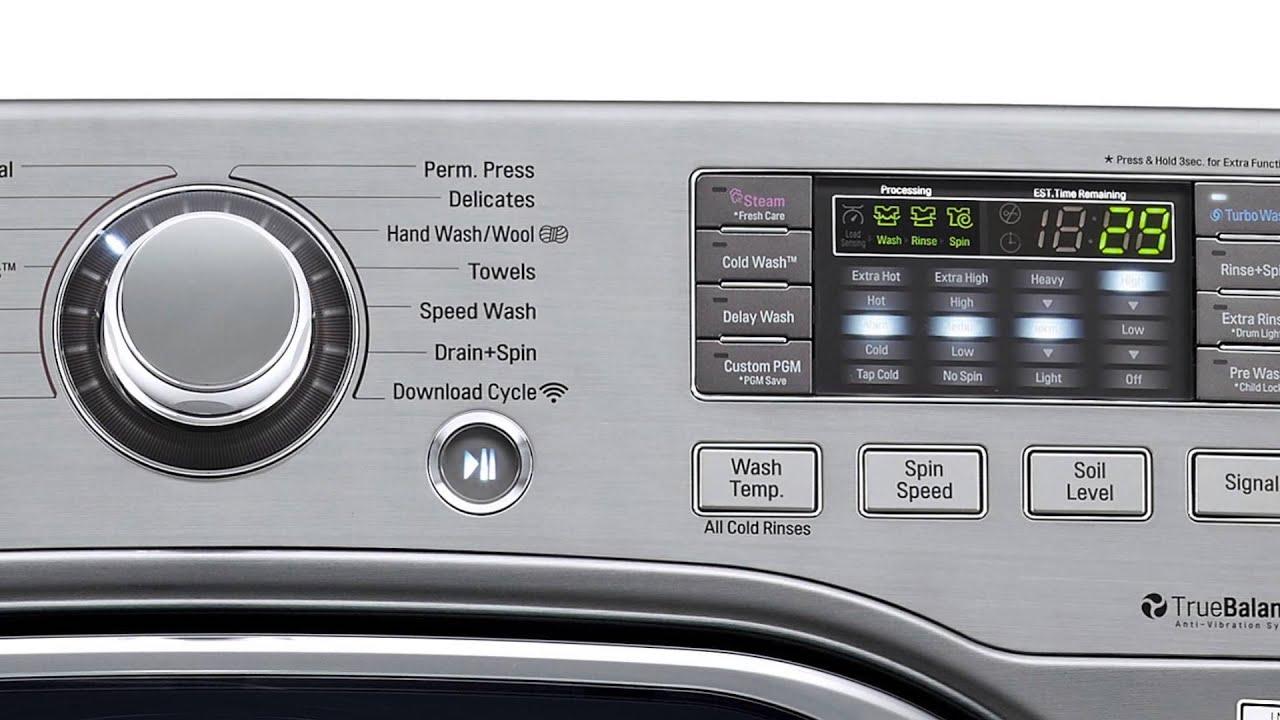

Laundry Appliances
What Temp Is Tap Cold On A Washing Machine
Modified: May 6, 2024
Discover the ideal temperature for tap cold on your washing machine. Find expert tips and advice for laundry appliances.
(Many of the links in this article redirect to a specific reviewed product. Your purchase of these products through affiliate links helps to generate commission for Storables.com, at no extra cost. Learn more)
Understanding the Temperature Settings
When it comes to doing laundry, understanding the temperature settings on your washing machine is crucial for achieving the best results. Most washing machines offer a range of temperature options, including tap cold, cold, warm, and hot. Each setting serves a specific purpose and is designed to accommodate different types of fabrics and soil levels. Let's delve into the significance of these temperature settings and how they can impact the outcome of your laundry.
Tap Cold: This setting utilizes water directly from the cold water supply, which is the same temperature as the water coming out of your tap. It is particularly useful for washing delicate items that may shrink or get damaged in warmer water. Additionally, tap cold is ideal for heavily soiled garments that require pre-treatment or a longer wash cycle.
Cold: The cold setting uses a mix of cold water and a small amount of hot water to slightly raise the temperature. This setting is suitable for bright or dark-colored clothes to prevent color fading and for items that are not heavily soiled.
Warm: As the name suggests, the warm setting combines hot and cold water to achieve a moderate temperature. This is effective for washing synthetic fabrics, such as polyester and nylon, as well as moderately soiled items.
Hot: The hot setting utilizes only hot water, making it suitable for white or light-colored garments, bedding, and heavily soiled items. The higher temperature helps to kill bacteria and allergens, making it an ideal choice for towels and linens.
Understanding the temperature settings on your washing machine empowers you to make informed decisions based on the specific needs of your laundry. By selecting the appropriate temperature for each load, you can ensure that your clothes are cleaned effectively while preserving their quality and color vibrancy.
In the next sections, we will explore the factors that can affect the tap cold temperature, provide tips for adjusting the tap cold temperature, and highlight the importance of tap cold temperature in washing machines.
Key Takeaways:
- Choose the right temperature setting on your washing machine to keep your clothes clean and vibrant while preserving their quality. Tap cold is great for delicate items and heavily soiled garments.
- Adjust tap cold temperature based on seasonal variations, water heater settings, and fabric needs. It helps preserve fabric quality, saves energy, and is versatile for various garments.
Factors Affecting Tap Cold Temperature
Several factors can influence the tap cold temperature in a washing machine, impacting the effectiveness of the wash cycle and the overall outcome of your laundry. Understanding these factors is essential for optimizing the performance of your washing machine and achieving the best results for your clothes.
-
Seasonal Variations: The temperature of the water flowing from the tap can fluctuate with the changing seasons. During colder months, the tap cold water may be significantly colder, while in warmer months, it may be relatively warmer. These variations can affect the overall temperature of the tap cold setting on the washing machine.
-
Location and Climate: The geographical location of your residence can also impact the tap cold temperature. Areas with colder climates may have colder tap water throughout the year, while regions with warmer climates may have relatively warmer tap water. This difference in tap water temperature can influence the effectiveness of the tap cold setting.
-
Water Heater Settings: In some households, the temperature of the tap cold water may be influenced by the settings of the water heater. If the water heater is set to a higher temperature, the tap cold water may be slightly warmer than usual, affecting the temperature of the tap cold setting on the washing machine.
-
Plumbing System: The condition and insulation of the plumbing system can play a role in determining the temperature of the tap cold water. Older or poorly insulated plumbing may result in colder tap water, while well-maintained plumbing systems can deliver water at a more consistent temperature.
-
Water Source: The source of tap water can also impact its temperature. Water from underground sources or deep wells may have a cooler temperature, while water from surface sources or reservoirs may be relatively warmer. This variation in water sources can influence the tap cold temperature.
-
Appliance Settings: The settings and calibration of the washing machine itself can affect the interpretation and delivery of the tap cold temperature. Proper maintenance and calibration of the appliance are essential to ensure that the tap cold setting functions as intended.
Understanding these factors can help you make informed decisions when selecting the temperature settings for your laundry. Additionally, being aware of the potential variations in tap cold temperature allows you to adjust other settings or make accommodations to maintain the desired wash conditions for your clothes.
Tips for Adjusting Tap Cold Temperature
Adjusting the tap cold temperature on your washing machine can significantly impact the effectiveness of your laundry routine. Whether you need to fine-tune the temperature for specific fabric care or accommodate variations in tap water temperature, these tips will help you optimize the tap cold setting for exceptional results.
-
Temperature Testing: Before starting a wash cycle, consider testing the actual temperature of the tap cold water. This can be done using a simple thermometer to gauge the temperature accurately. By understanding the real temperature of the tap cold water, you can make informed adjustments to the washing machine settings.
-
Seasonal Adjustments: As the seasons change, the temperature of the tap cold water can fluctuate. During colder months, the tap water may be colder, while in warmer months, it may be relatively warmer. Stay mindful of these seasonal variations and adjust the tap cold setting accordingly to ensure consistent washing performance.
-
Water Heater Settings: If your household has a water heater, the temperature settings can influence the initial temperature of the tap cold water. Monitoring and adjusting the water heater settings can help maintain a more consistent tap cold temperature, aligning with your laundry requirements.
-
Plumbing Maintenance: Regular maintenance of the plumbing system can contribute to a more stable tap cold temperature. Ensuring that the plumbing is well-insulated and free from leaks can help preserve the desired temperature of the tap cold water, enhancing the reliability of the washing machine settings.
-
Washing Machine Calibration: Periodically calibrating the washing machine ensures that the tap cold setting functions accurately. Consult the appliance manual or seek professional assistance to calibrate the washing machine, optimizing the tap cold temperature for various laundry needs.
-
Adaptation for Delicate Fabrics: When washing delicate fabrics that require a cooler temperature, such as silk or wool, adjusting the tap cold setting to a lower temperature can prevent damage and shrinkage. This adaptation ensures that delicate items receive the gentle care they need during the wash cycle.
-
Monitoring Water Source: Understanding the source of your tap water can provide insights into its temperature characteristics. Whether the water is from underground wells or surface reservoirs, being aware of the water source can guide adjustments to the tap cold setting for consistent washing performance.
By implementing these tips, you can effectively adjust the tap cold temperature on your washing machine to align with the specific requirements of your laundry. These adjustments not only enhance the quality of the wash but also contribute to the longevity and preservation of your garments, ensuring that they receive the optimal care they deserve.
Importance of Tap Cold Temperature in Washing Machines
The tap cold temperature setting plays a pivotal role in the functionality of washing machines, significantly impacting the effectiveness of the wash cycle and the overall care of your garments. Understanding the importance of tap cold temperature is essential for optimizing the laundry process and ensuring the longevity of your clothes.
Preservation of Fabric Quality
One of the key benefits of utilizing the tap cold temperature setting is its ability to preserve the quality of various fabrics. For delicate items such as silk, wool, or garments with sensitive dyes, washing in colder water helps prevent color bleeding and minimizes the risk of shrinkage. By avoiding exposure to higher temperatures, fabrics retain their integrity and vibrancy, extending the lifespan of your clothing.
Energy Efficiency
Incorporating the tap cold temperature setting into your laundry routine contributes to energy efficiency. Heating water accounts for a significant portion of the energy consumption during the washing process. By opting for tap cold water, you reduce the energy required to heat the water, leading to lower utility bills and a more environmentally friendly approach to laundry.
Environmental Impact
Choosing tap cold water over warmer temperatures aligns with sustainable practices, reducing the environmental impact of your laundry activities. By minimizing energy consumption, you decrease the carbon footprint associated with your washing machine's operation. This eco-conscious decision reflects a commitment to environmental responsibility and resource conservation.
Versatility for Various Garments
The tap cold temperature setting offers versatility for washing a wide range of garments. From heavily soiled items that require a thorough clean to delicate fabrics that demand gentle care, tap cold water accommodates diverse laundry needs. This adaptability allows you to confidently wash different types of clothing without compromising on cleanliness or fabric preservation.
Stain Removal and Pre-Treatment
Contrary to common misconceptions, tap cold water can effectively aid in stain removal and pre-treatment. For certain types of stains, such as those caused by blood or sweat, using cold water can prevent the setting of the stain and facilitate easier removal during the wash cycle. Additionally, tap cold water is suitable for pre-treating stains before initiating the main wash, enhancing the overall stain-fighting capabilities of the washing machine.
Fabric Softness and Comfort
Washing garments in tap cold water contributes to maintaining their softness and comfort. The cooler temperature helps prevent the breakdown of fabric fibers, preserving the smooth texture and gentle feel of clothing. This is particularly beneficial for items like towels, linens, and undergarments, where comfort and softness are essential attributes.
Incorporating the tap cold temperature setting into your laundry practices is a strategic decision that encompasses fabric care, energy efficiency, environmental consciousness, and versatile stain-fighting capabilities. By recognizing the significance of tap cold temperature in washing machines, you can make informed choices that prioritize the well-being of your garments and the sustainability of your household operations.
Curious about optimizing your laundry routine beyond water temperatures? Dive into our comprehensive discussion on whether using a cold wash is the best choice for your garments. This piece sheds light on energy consumption, fabric preservation, and stain removal effectiveness. Perfect for anyone keen to refine their laundering techniques while saving on utility bills.
Frequently Asked Questions about What Temp Is Tap Cold On A Washing Machine
Was this page helpful?
At Storables.com, we guarantee accurate and reliable information. Our content, validated by Expert Board Contributors, is crafted following stringent Editorial Policies. We're committed to providing you with well-researched, expert-backed insights for all your informational needs.
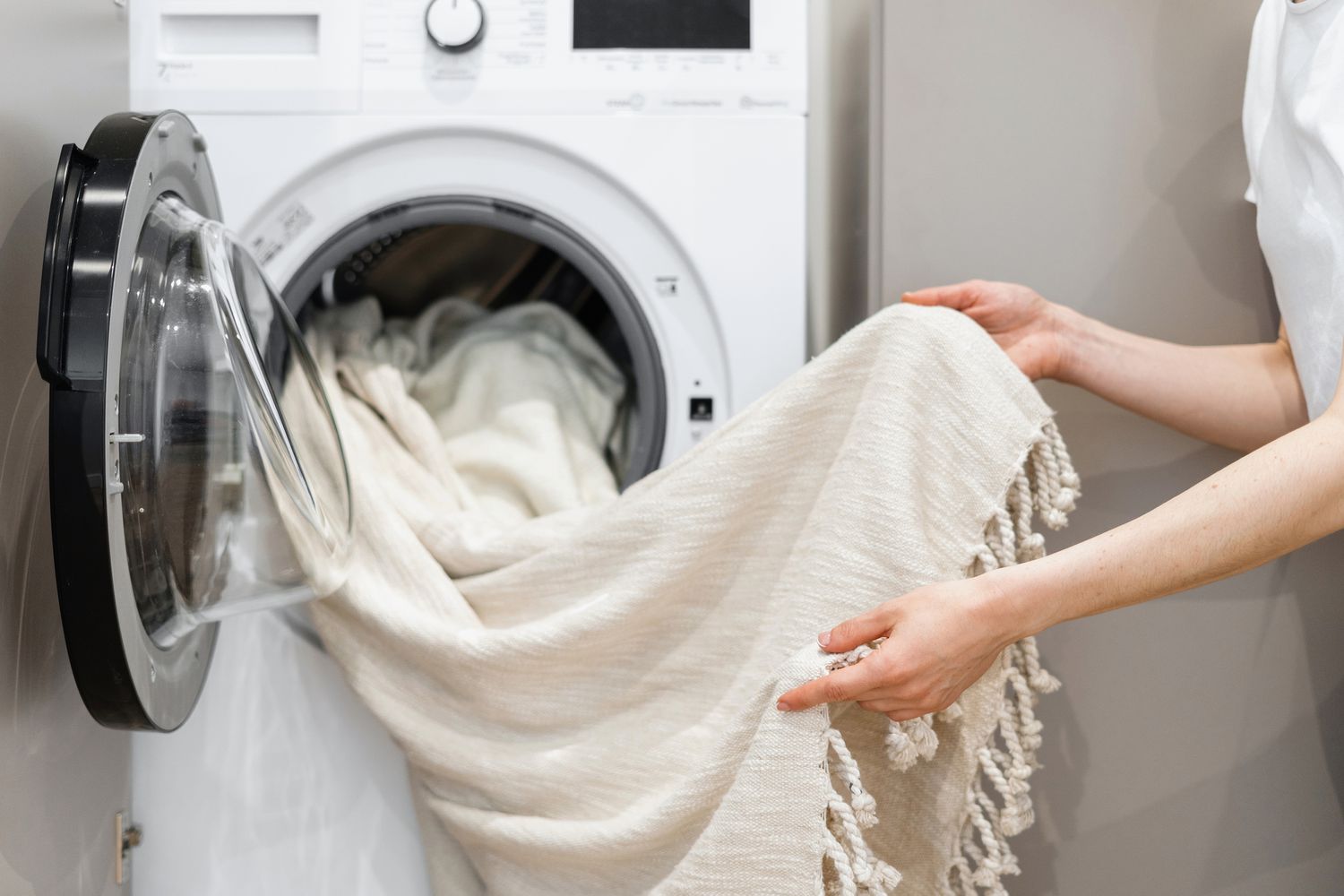

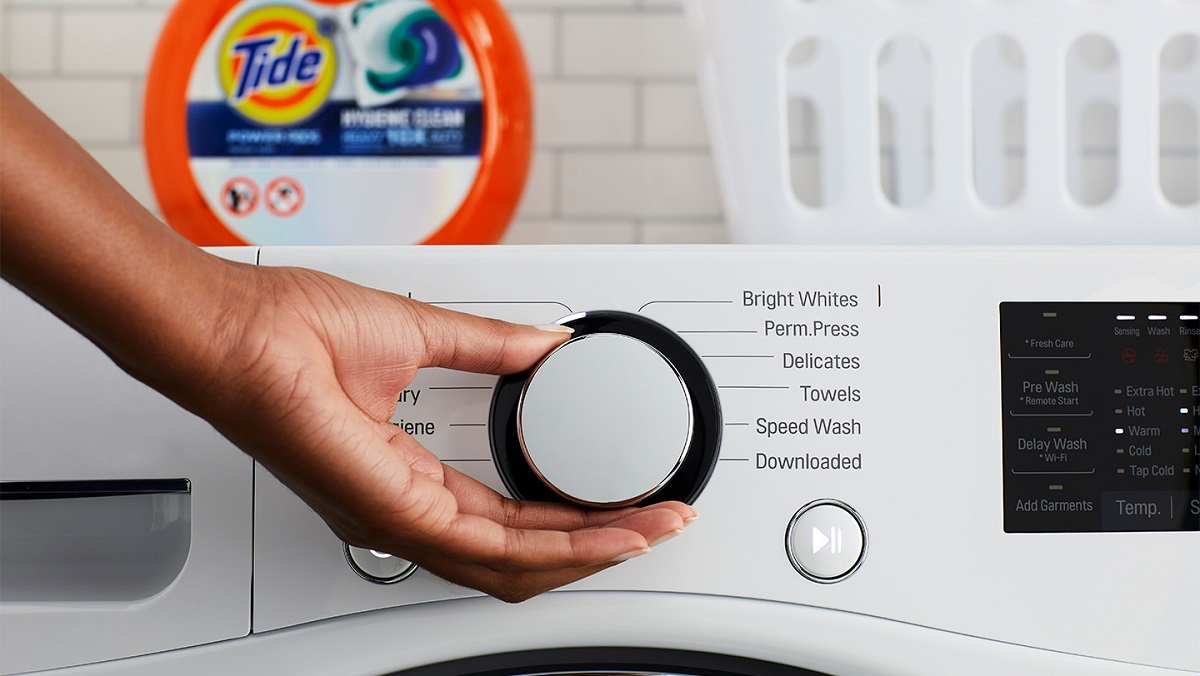

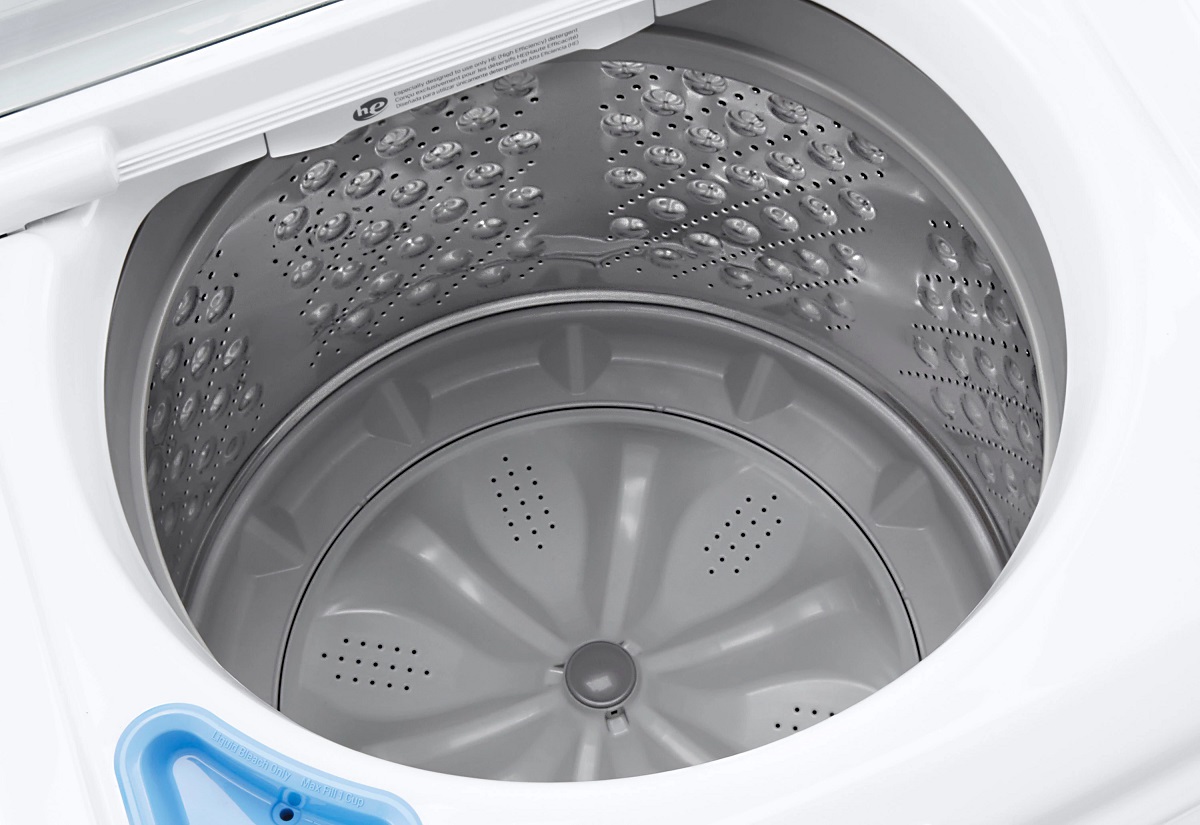
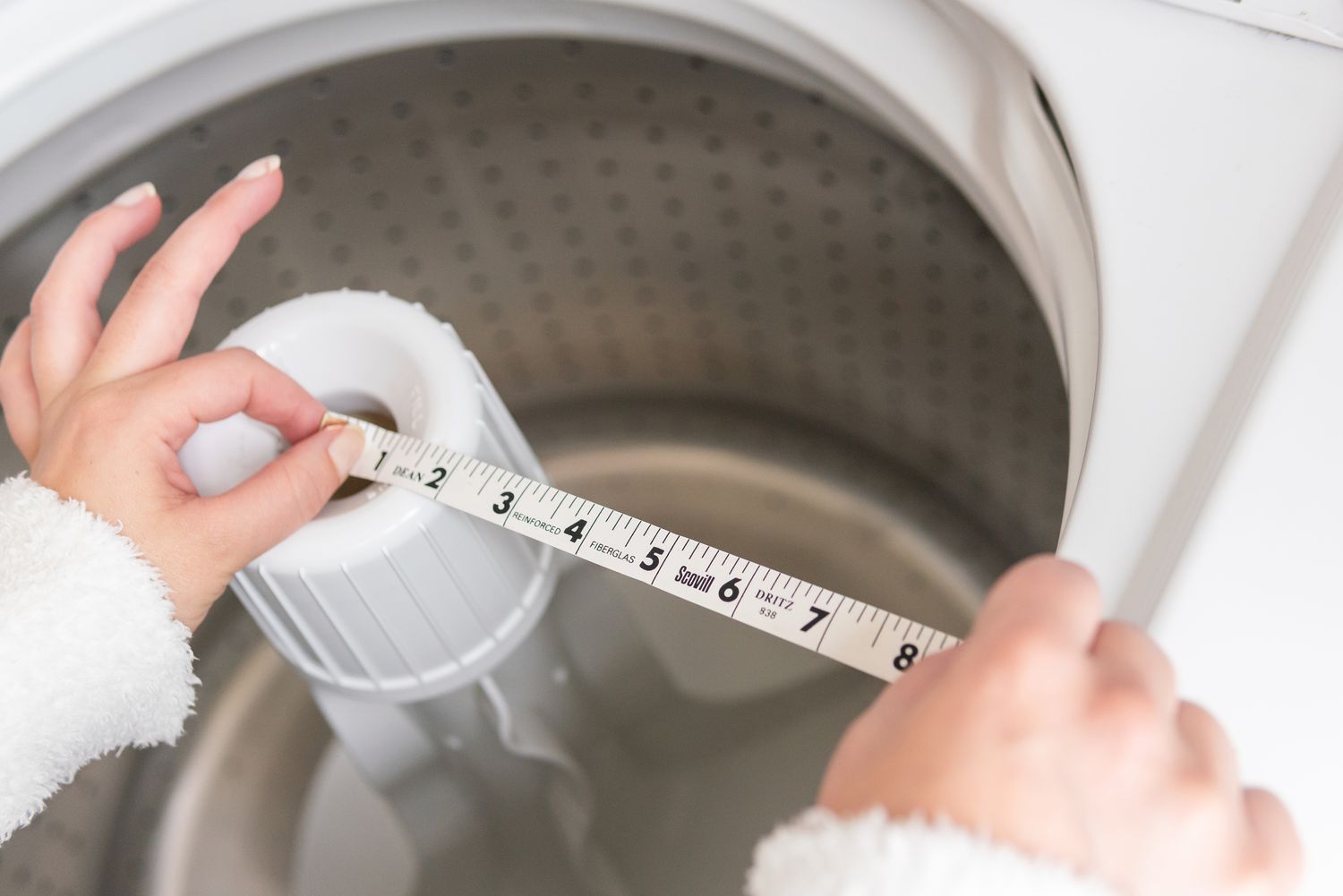
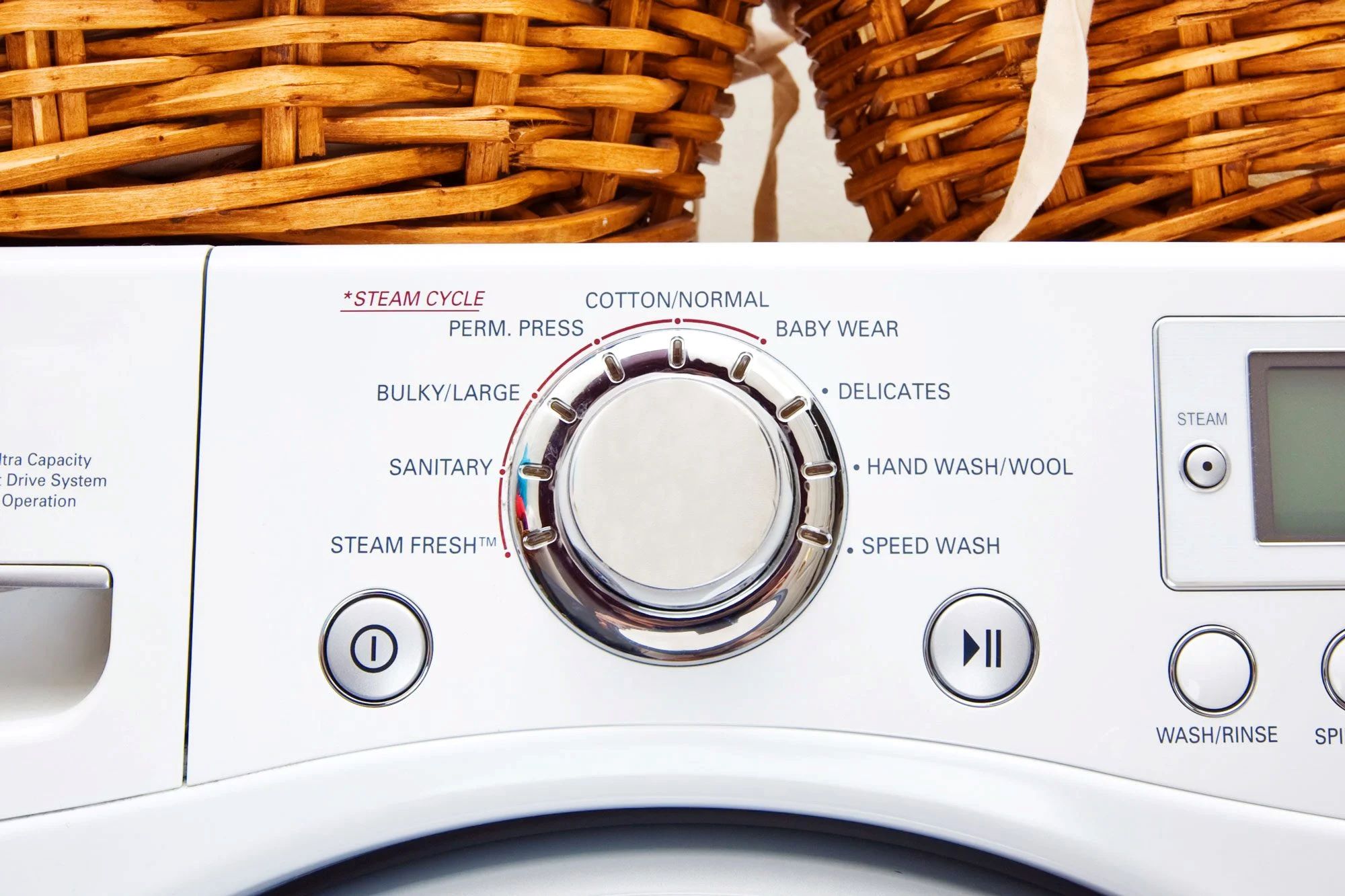
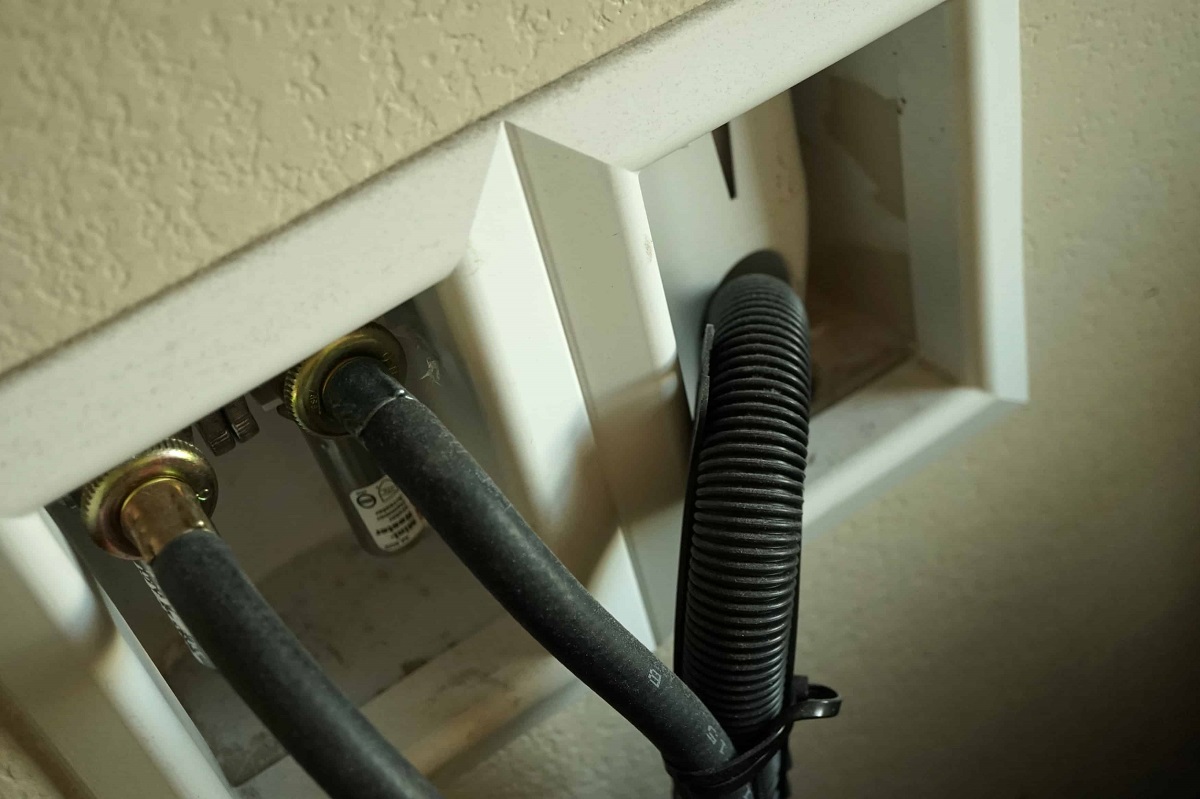
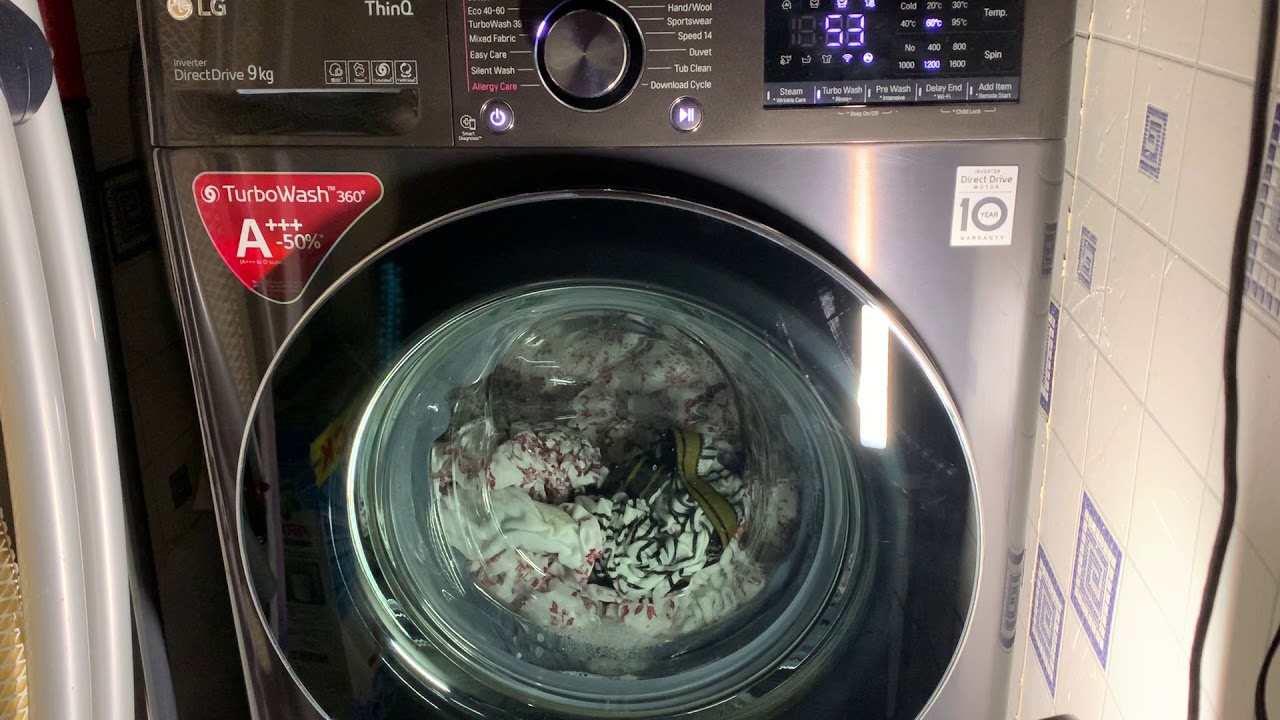
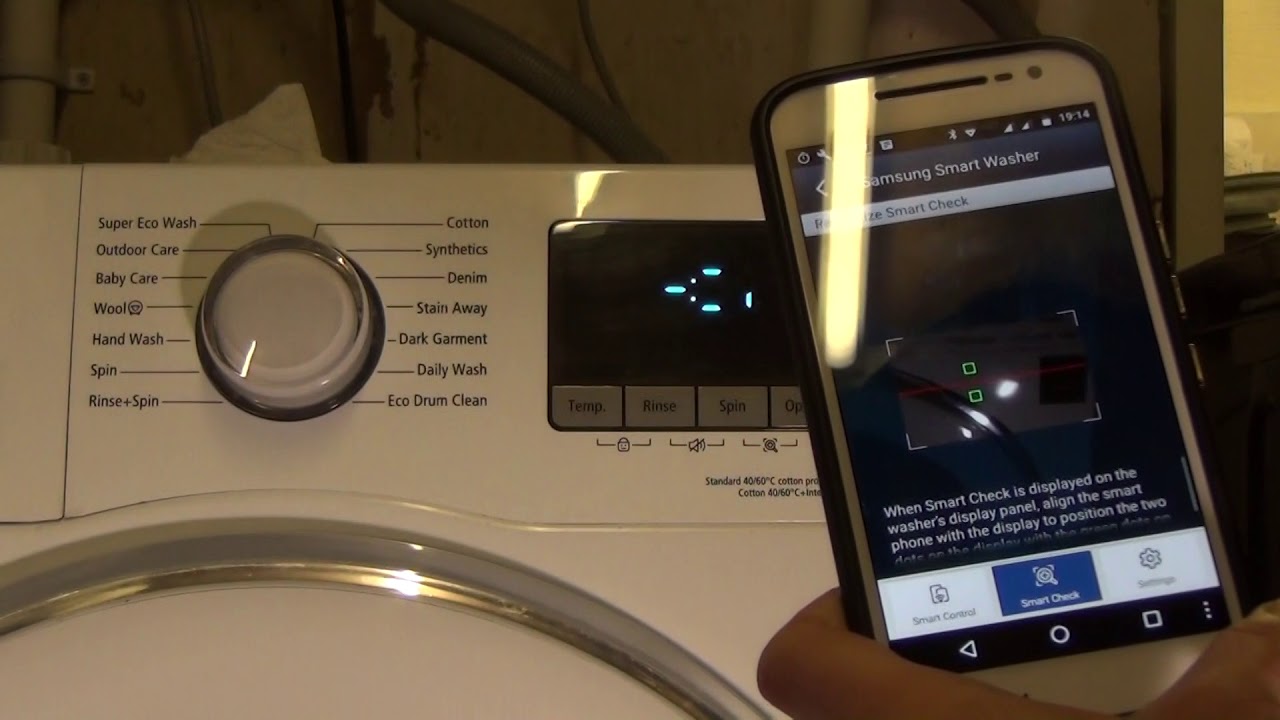
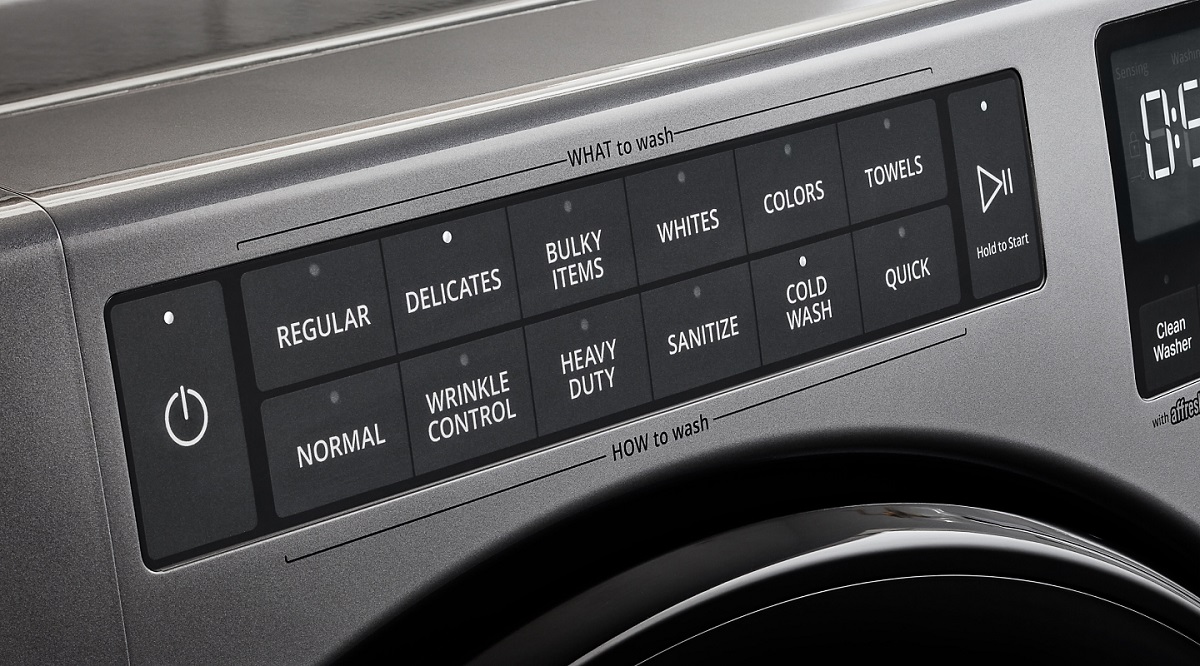
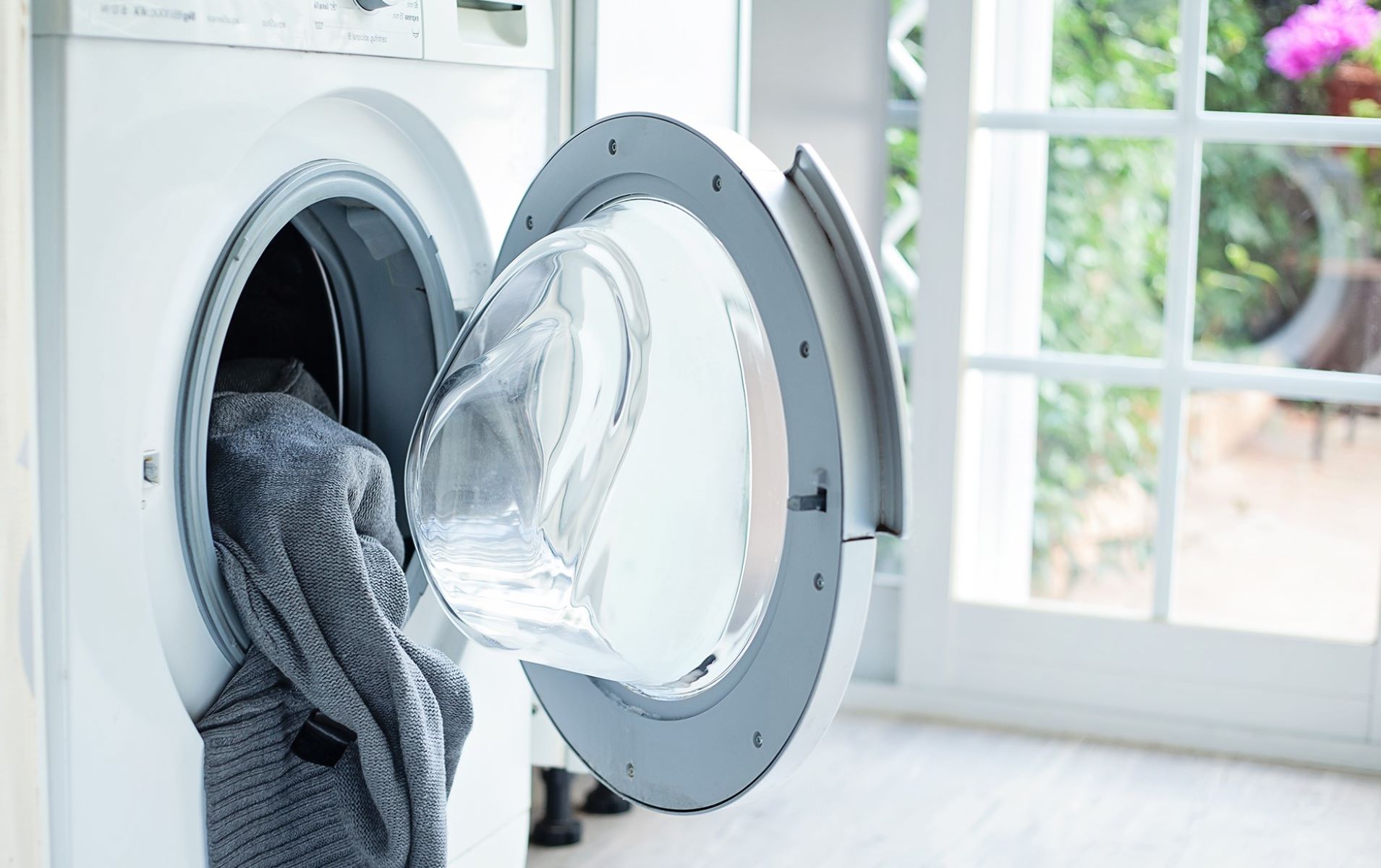
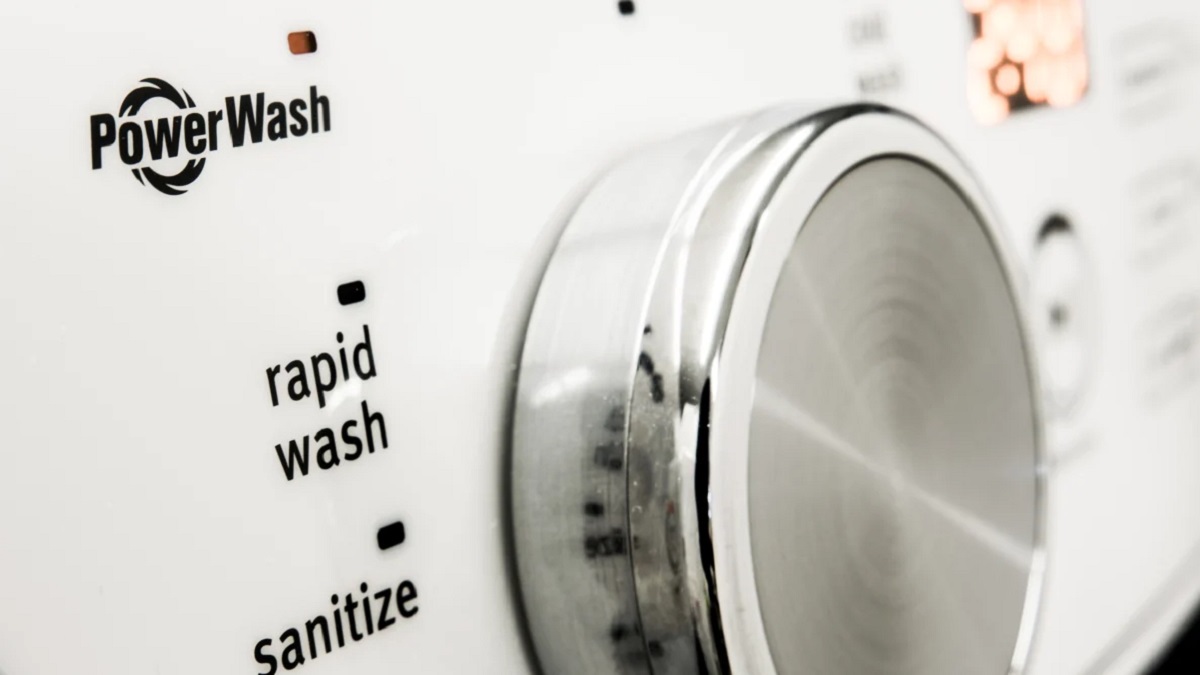

0 thoughts on “What Temp Is Tap Cold On A Washing Machine”